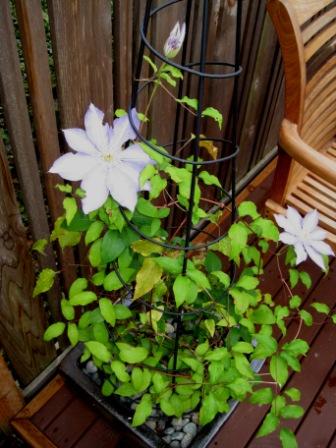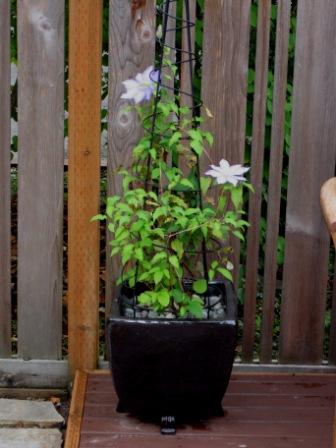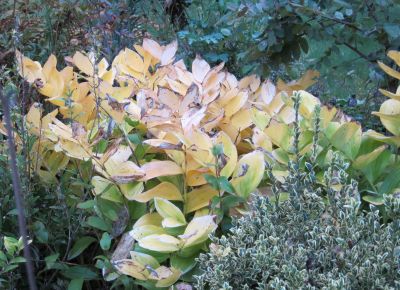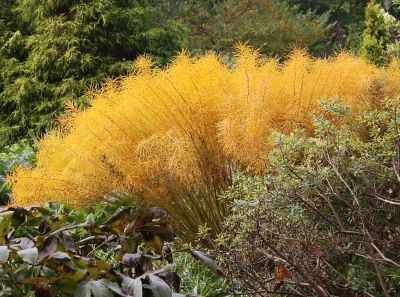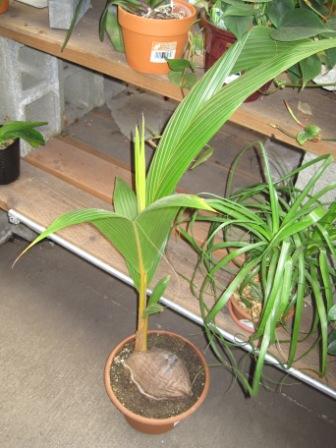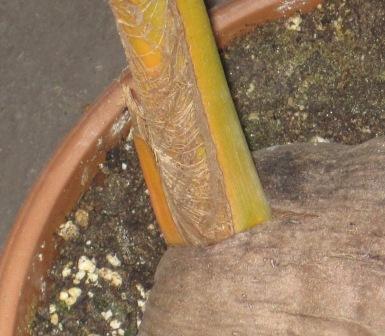As many of the blog readers are aware, I do a lot of writing about conifers. In the process I mingle with members of the American Conifer Society or ‘ACS’ for short -although some wag has suggested that ACS actually stands for Addicted Conifer Syndrome, such is the devotion of these enthusiasts for their beloved conifers. A couple weekends ago I was privileged to attend the first ever ACS ‘Illinois Conifer Rendezvous’ hosted by Rich and Susan Eyre, owners of Foxwillow Pines nursery in Woodstock, IL. Rich and Susan are a wonderful, enthusiastic couple and conifer addicts of the first degree. Their nursery boasts one of the largest assemblages of rare and unusual conifers anywhere in the country. The program for the ‘Conifer rendezvous’ included speakers and tour of the nursery. The highlight for me, however, was the tour of a couple of local homes featuring outstanding conifer gardens; including the home of Rich’s 92-year-old mother Margaret Eyre. Margaret is an incredibly energetic woman with a passion for hostas and philanthropy (see the Heifer International link on the Foxwillow Pine website http://www.richsfoxwillowpines.com/). Margaret decided years ago to dispose of her lawnmower – no small feat since her house sits among homes with vast expanses of lawn typical of the sprawling suburbia that radiates from Chicago. What to do without a lawnmower? Plant plastic turf? Margaret had other another idea…

Margaret Eyre’s conifer haven sits like an oasis in the Chicagoland suburban sprawl
I didn’t get an exact count, but I’d estimate Margaret has about 80 to 100 specimens tucked away on a standard-sized city lot. Most are dwarf or unusual conifers, though several are full sized trees. No need for a lawn mower here.

Pseudolarix amabilis Golden larch

Abies lasiocarpa Subalpine fir off of Margaret Eyre’s back deck
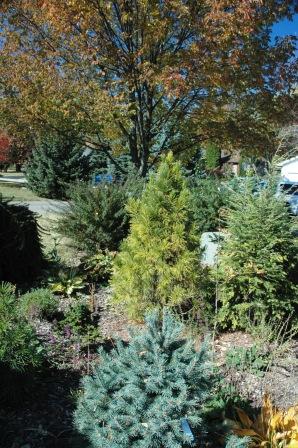
Mixing forms, textures, and colors provides a study in contrasts
In addition Margaret Eyre’s place we toured the home of John and Margaret Havlis. The Havlis’ landscape is quite large – a couple acres – and shows what conifers and a little creativity can accomplish.

Conifer border around the Havlis backyard. Note the winter deer protection for new specimens.

Recurved needles on Abies koreana ‘Silberlocke’
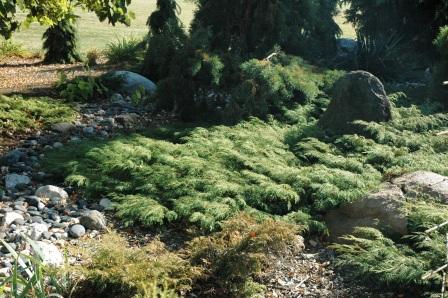
Microbiota decussata Russian cypress. Conifers in this part of the garden are set of by hardscaping that imitates a dry creek-bed.

